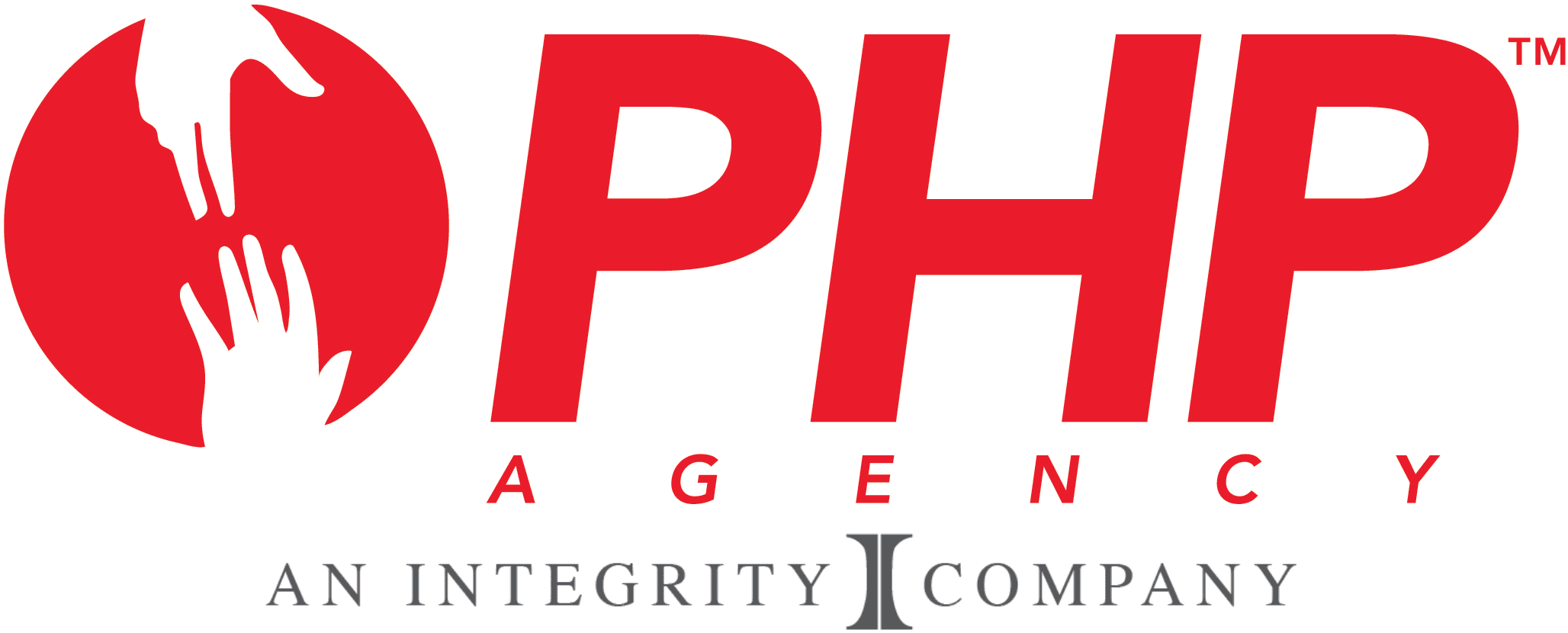Reaching Underserved Markets in Life Insurance
Life insurance is one of those benefits that correlate to financial security, meaning those who need the coverage the most often don’t have it. The gap in life insurance coverage affects different races, age groups, and income levels differently. The only thing that seems to be common across the board is that the recent COVID-19 pandemic has brought a little more urgency to our collective mortality.
For insurers, this means that it’s time to tailor our products to meet the individual needs of our underserved markets–beginning with identifying those underserved markets.
Life Insurance Coverage by Age
According to a Deloitte Insights study on the penetration of life insurance by demographic, the breakdown of coverage by age mirrors what you might expect to find. Older individuals, especially those from the Baby Boomer generation, are the most likely to have adequate life insurance coverage. This is likely because this age group is aging and coming to terms with their mortality naturally. Meanwhile, Gen X, Millenials, and Gen Z all seem to be missing the boat on buying life insurance with nearly half (44-45%) lacking coverage.
Try reaching your younger audiences by investing big in online channels. If you can build a networking strategy around formats that they’re comfortable with, you’ll get their attention. Then, build up experiences that cater to fulfilling needs in the moment. Younger consumers aren’t big on long-term planning and may not relate at all to the concept of retirement savings or end-of-life planning.
Life Insurance by Race
In that same Deloitte Insights study, the distribution of life insurance coverage by race seemed to mirror socioeconomic patterns. Asians were the most likely to invest in life insurance coverage with almost three-quarters of this demographic well-covered. Whites also faired well with at least two-thirds of the population investing in coverage while blacks and Hispanics were the most underserved with almost half of these populations lacking coverage.
To reach specific underserved ethnic groups or races, start by building a foundation of inclusivity. Once you create a place where all are welcome, you remove traditional barriers to coverage for many Hispanics and blacks. Use that newfound community to begin building financial literacy, teaching them how to use life insurance as a tool to build wealth.
Life Insurance by Gender
Although easy to overlook, another glaring disparity exists between men and women. About 44% of all women lack coverage and those that do have life insurance, often don’t have enough. The disparity grows as you look at gender across other underserved markets like the number of females of color that are missing out on life insurance coverage or the number of females in younger demographics.
Align your sales strategy to help close the gender gap by catering your products or interactions to female demographics. Focus on understanding the deep-rooted gender roles in our society and how they still contribute to financial outcomes today. And then find ways to gently nurture female prospects to recognize their personal worth and invest in life insurance.
Life Insurance by Income
Income is potentially the single largest contributing factor towards life insurance coverage. The distribution of coverage in the Deloitte Insights study was proportionate to income level with the most underserved markets in lower-income brackets under $50K and under $100K respectively. The cost of coverage remains the most significant barrier in underserved markets. The youngest individuals with the lowest incomes simply cannot afford to prioritize life insurance over other financial commitments.
In some cases, a complete lack of financial literacy is even fueling the coverage gaps. In one study, 18% of blacks simply did not understand the purpose of life insurance. Similar gaps were seen across lower-income groups of all races. This opens the door for a big opportunity for insurers to partner with financial literacy programs catering to underserved markets. If you can help your target audiences understand the value of purchasing life insurance, the sale becomes easy.
The Bottom Line
Life insurance is an important layer of financial protection for everyone, regardless of age, ethnic background, or income level. Agents can use a variety of tactics to reach new customers in underserved markets by understanding who they are and what they need to commit to life insurance, including financial literacy, inclusivity, and scalable investment options.
PHP Agency is committed to expanding life insurance coverage across underserved markets. Learn how you can get the protection that you need today.
